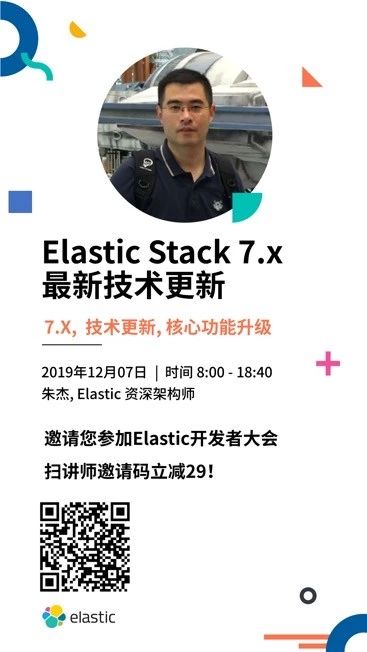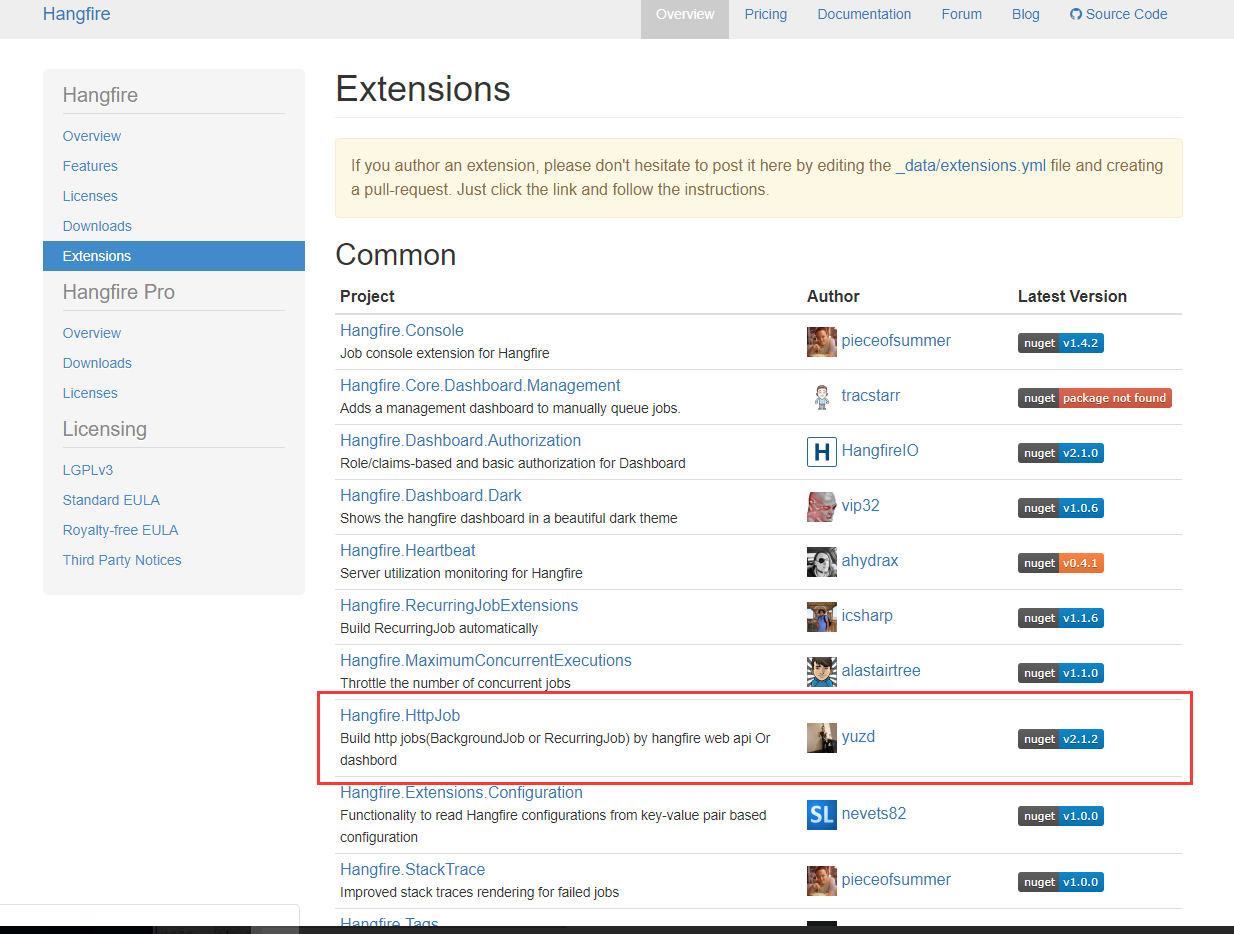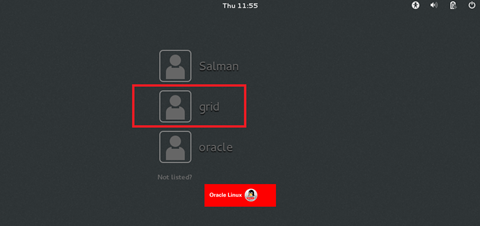Short Description
I'm using JBoss SwitchYard to connect to secured remote SOAP web service. For some reason after the request is sent; remote web service is stopping any further communication; so I'm not receiving a response.
Question
I need an idea or solution what could be a problem here.
Error
Caused by: java.net.SocketException: SocketException invoking https://**********.asmx: Unexpected end of file from server
Description and notes
- Remote web service is using self-signed certificate; I have imported server certificate into my local truststore + plus I have my other certificate (in my keystore) to identify myself to the remote server.
- Thanks to -Djavax.net.debug=all SSL debug logs and Wireshark logs I know that both client and server made a successful SSL handshake and client has successfully sent a request.
- The server also uses IP filtering to allow a direct communication and my IP is whitelisted.
- If I try to send the same XML request via SoapUI it works just fine and I receive a response. You should take into account that SoapUI only uses keystore; it is set to always trust remote services so no truststore is needed or used.
- Now comes the funny part. If I use a Fiddler (free web debugging proxy) as a "man in the middle" between my JBoss SwitchYard and remote web service (to see what is happening), suddenly everything works.
- The only difference between direct connection and using Fiddler as a proxy is that in real connection Connection = Keep-Alive header parameter is used and in Fiddler case, Proxy-Connection = Keep-Alive parameter is used. I don't know is there any other significant difference.
- If I manually change these header parameters in SoapUI I still receive a successful response. A connection will fail only if I'm missing SOAPAction and Content-Type header parameters, but they are present in each case (and are the same).
- When I observe this communication via Wireshark only difference I can see is that remote server is stopping further communication (when JBoss Switchyard application is directly communicating with remote web service).
- I don't have an access to remote logs nor I'm allowed to get them. So I'm working blind.
- In each case (With or without Fiddler) I'm using a company Proxy to reach remote web Service. This proxy is not a problem because other SwitchYard applications are working just fine.
Tools
- JBoss EAP 6.4
- JBoss SwitchYard 2.0.1.redhat-621159
Exception
java.net.SocketException: Unexpected end of file from server
This exception implies that server already accepted your connection, which means your SSL handshake is indeed succeed. But the server closed the connection (by a TCP reset or fin) before you can get the response.
A reset is usually sent in two cases:
- persistent connection (keep alive connection) with config exceed
- server restarted lost the connection
Usually, a persistent connection has two config:
Keep-Alive: timeout=15, max=100
timeout means time in seconds, max means max requests.
Connection vs Proxy Connection
Let's compare the three different cases you have described:
- SoapUI: succeed; ?
- Direct Connection: fail; Connection = Keep-Alive
- Fiddler: succeed; Proxy-Connection = Keep-Alive
In the third case, if I understand you right, your persistent connection is from client to proxy and from proxy to server is not clear.
client----->Proxy----->server
Suggestions
- try to get the server's persistent connection config from response (like here), to see if direct connection exceed the time or numbers of limit
- try to not use persistent connection:
java -Dhttp.keepalive=false
Ref
- fin vs rst in tcp
- keep alive header
Issue might be due to invalid header or Invalid format of SOAP request, You can try like below code
1 You need HeaderHandlerResolver
public class HeaderHandlerResolver implements HandlerResolver {
public List<Handler> getHandlerChain(PortInfo portInfo) {
List<Handler> handlerChain = new ArrayList<Handler>();
HeaderHandler hh = new HeaderHandler();
handlerChain.add(hh);
return handlerChain;
}
}
Then You need to add on HeaderHandler class
public class HeaderHandler implements SOAPHandler<SOAPMessageContext> {
public boolean handleMessage(SOAPMessageContext smc) {
Boolean outboundProperty = (Boolean) smc.get(MessageContext.MESSAGE_OUTBOUND_PROPERTY);
if (outboundProperty.booleanValue()) {
SOAPMessage message = smc.getMessage();
try {
SOAPEnvelope envelope = smc.getMessage().getSOAPPart().getEnvelope();
SOAPHeader header = envelope.getHeader();
header.setPrefix("soapenv");
header.setAttribute("xmlns:wsa", "http://www.w3.org/2005/08/addressing");
SOAPElement security =
header.addChildElement("Security", "wsse", "http://docs.oasis-open.org/wss/2004/01/oasis-200401-wss-wssecurity-secext-1.0.xsd");
SOAPElement usernameToken =
security.addChildElement("UsernameToken", "wsse");
usernameToken.addAttribute(new QName("xmlns:wsu"), "http://docs.oasis-open.org/wss/2004/01/oasis-200401-wss-wssecurity-utility-1.0.xsd");
SOAPElement username =
usernameToken.addChildElement("Username", "wsse");
username.addTextNode("USERNAME");
SOAPElement password =
usernameToken.addChildElement("Password", "wsse");
password.setAttribute("Type", "http://docs.oasis-open.org/wss/2004/01/oasis-200401-wss-username-token-profile-1.0#PasswordText");
password.addTextNode("PASSWORD");
SOAPElement encode =
usernameToken.addChildElement("Nonce", "wsse");
encode.setAttribute("EncodingType", "http://docs.oasis-open.org/wss/2004/01/oasis-200401-wss-soap-message-security-1.0#Base64Binary");
encode.addTextNode(generateNonce());
Calendar createdTime = new GregorianCalendar(TimeZone.getTimeZone("IST"));
Date todayDate = createdTime.getTime();
todayDate.setTime(todayDate.getTime()-20000000);
SOAPElement created = usernameToken.addChildElement("Created", "wsu");
created.addTextNode(new SimpleDateFormat("yyyy-MM-dd'T'HH:mm:ss.sss'Z'").format(todayDate));
SOAPElement action = header.addChildElement("Action", "wsa");
//YOUR ACTION URL SHOULD BE in BELOW Text Content
action.setTextContent("SET HERE YOUR ACTION URL");
message.saveChanges();
message.writeTo(System.out);
System.out.println("");
} catch (Exception e) {
e.printStackTrace();
}
} else {
try {
//This handler does nothing with the response from the Web Service so
//we just print out the SOAP message.
SOAPMessage message = smc.getMessage();
message.writeTo(System.out);
System.out.println("");
} catch (Exception ex) {
ex.printStackTrace();
}
}
return outboundProperty;
}
public Set getHeaders() {
return null;
}
public boolean handleFault(SOAPMessageContext context) {
return true;
}
public void close(MessageContext context) {
}
private static String generateNonce() throws NoSuchAlgorithmException, NoSuchProviderException, UnsupportedEncodingException {
String dateTimeString = Long.toString(new Date().getTime());
byte[] nonceByte = dateTimeString.getBytes();
return Base64.encodeBase64String(nonceByte);
}
}
Now Finally Your Main class for call SOAP service
public class SoapClientClass {
public static void main(String[] args) {
ImplService service = new ImplService();
HeaderHandlerResolver handlerResolver = new HeaderHandlerResolver();
service.setHandlerResolver(handlerResolver);
ResponseClass port = service.getPortClass();
Response response = null;
try {
response = port.getServerMehotd("Params");
} catch (PolicyException_Exception e) {
e.printStackTrace();
} catch (ServiceException_Exception e) {
e.printStackTrace();
}
}
}
}
Also, make sure your generated code from wsdl file uptodate and server location url also correct.
Hope its resolve your problem




